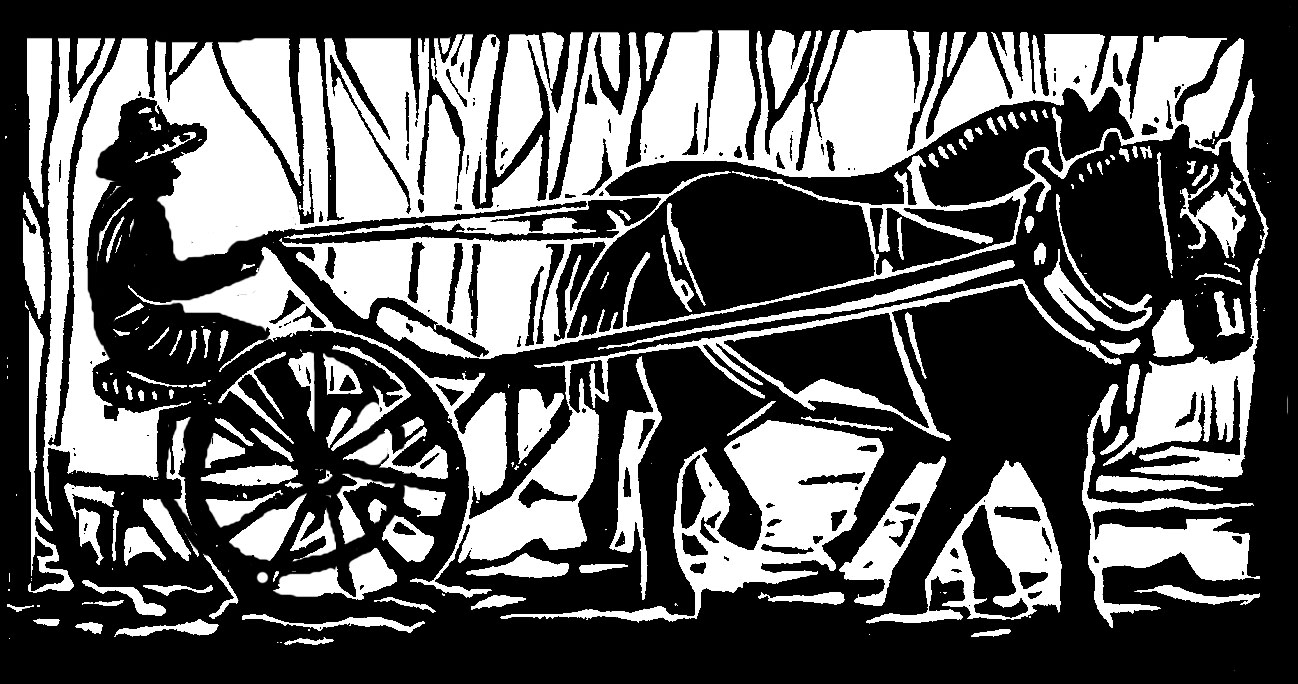August means harvest on a New Hampshire vegetable farm. We’ve been picking crops since late May, but in August it is harvest and harvest and harvest, part or all of every day. It is glorious, of course: summertime, when the living is easy! when the food falls from the plant into the mouth! when most of that food hardly even needs to stop and be attended to in the farm kitchen first!
And what food . . . tomatoes and basil, beans and lettuce, carrots and cucumbers, zucchini and sweet red peppers, all full of flavor and nutrients and tenderness and freshness. Yes, harvesting is where it all happens, harvesting is what we’re all working towards, harvesting is the culmination and climax of the garden!
And yet. Here is my deep and garden-dirty secret: I’d rather be weeding.
Shocking, isn’t it? My fellow farmer alternately shakes his head at such blasphemy, and then rejoices that he is farming with a weeding-lover. It’s not that I don’t appreciate the variety that harvesting brings to our farm work; it’s certainly not that I don’t appreciate the delicious food.
It’s just . . . weeding! Wonderful weeding! So satisfying! So orderly! So tangible! So clear that you are doing good in the world, as you look back at your long beautiful slightly curving tidy green rows against the rich dark soil!
Of course, some weedings are more equal than others (hey, how about that clever Animal Farm reference in a farming column!) There are all kinds of weedings on our farm, and we’ve tried many methods over the years (excluding weeding by herbicides, which doesn‘t fit into our sustainable-organic-biodynamic sensibilities). There is weeding by hoe, which can be nice, if it’s early on in the season, with a light hoe and light weeds, but the heavier the weeds and the heavier the hoe, the harder it is.
Then there’s weeding with the horses and the cultivator, which is fast and efficient, and enjoyable for the teamster in the family, but requires a little more driving skill and patience with banging on various pieces of machinery and various pieces of machinery banging back at you than I possess. However, my fellow enjoys the whole process, and I do like to watch and laud the results of this fast efficient weeding.
My fellow is also the scythe weeder in the family. Scything isn’t technically weeding, but more of a last ditch effort to keep the weeds from going to flower and seed in a section that has somehow gotten away from us. First we carefully extract the crop from beneath and among the towering weeds, then my fellow merrily swings his scythe, singing scything songs as he goes (such as “Why the heck didn‘t we weed this earrrrlllier? This is riddddiiiculloouss . . .).
In the same vein, there’s also the weeding by lawnmower method, which is another talent of my fellow’s. He keeps all the walkways shorn so all those grassy-weedy plants don’t have a chance to flower and seed themselves into our nice weed-freeish garden sections. My fellow farmer also uses a weed eater to keep the weeds trimmed under the electric fence.
But finally we come to my secret love: hand weeding. I don’t need any banging machinery or loud mowers or heavy hoes or even lovely horses. I just need my hands and my knees, which I take everywhere with me.
I plop down in a pathway, and I weed. Little tiny weeds that take a delicate hand, or bigger tougher weeds that take a firm grip. I am fast. I am efficient. I can even hand weed faster and better than my fellow, and there’s not very many things I can say that about on the farm, as he is twice as peppy and twice as dauntless as I am.
But when it comes to hand weeding, I am a superstar I can do it all: I am Wonderweeder! Which is a mighty good thing in August, since harvesting and eating, no matter how many hours they take this time of year, never seem to surpass the number of weeds in a summer garden . . .
Originally published in the Monadnock Shopper News, Aug 6 – Aug 12, 2014



![IMG_0009[1].JPG](https://images.squarespace-cdn.com/content/v1/53192abae4b06ab557270e09/1420224477929-ABQ0KM48T2QDVLYSRTG9/IMG_0009%5B1%5D.JPG)
